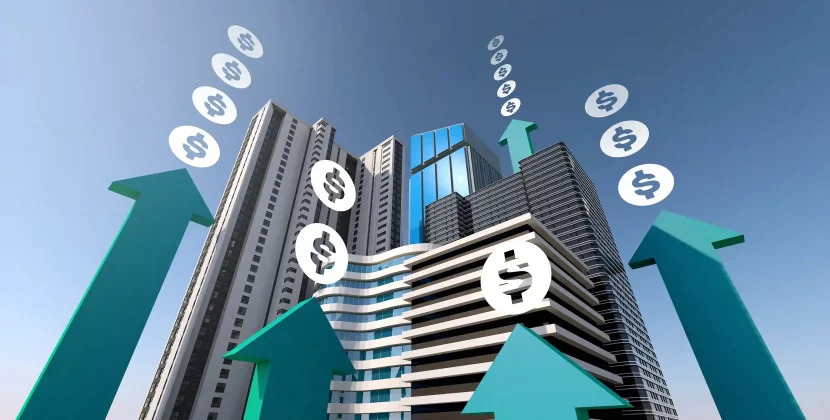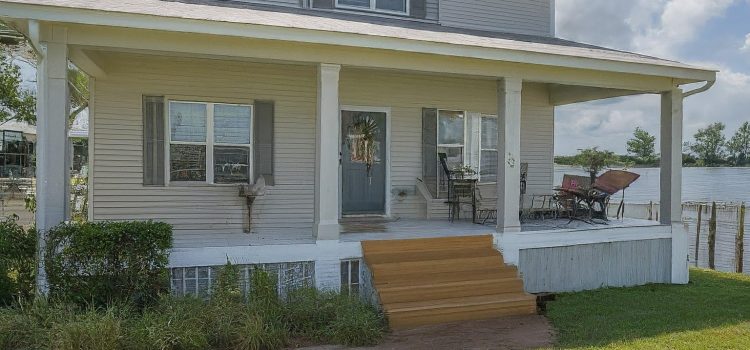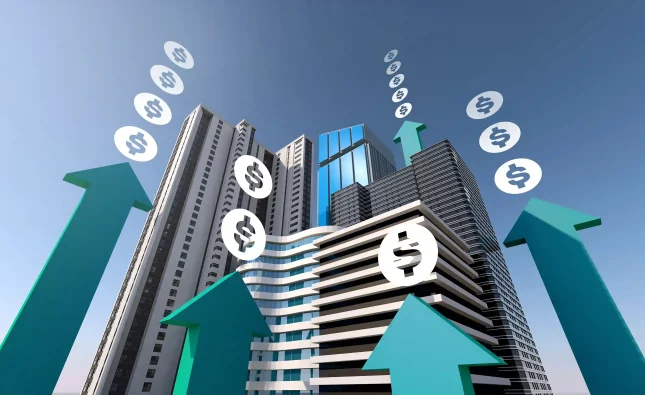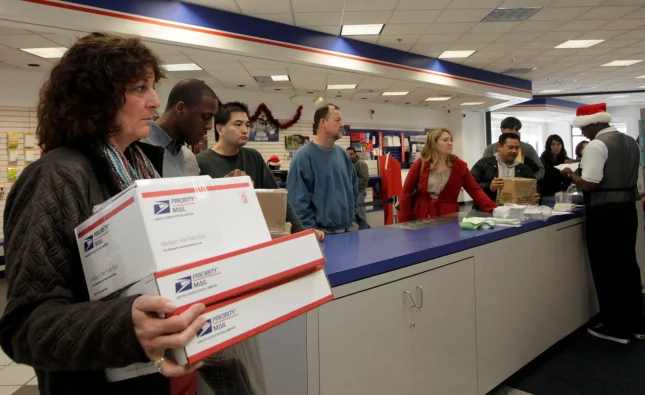
Meet Fred, a sustainable building consultant with over 15 years of experience guiding homeowners and real estate investors towards making smart choices for their properties. In today’s world, with an increasing frequency of extreme weather events, building a disaster-resistant home isn’t just about safeguarding your loved ones; it’s a financially savvy investment. Here’s how sustainable features can become your shield against nature’s fury, protecting both your home and your bottom line.
Why Disaster-Ready Homes Matter
The statistics around extreme weather events are sobering. According to the National Oceanic and Atmospheric Administration (NOAA), the number of billion-dollar weather disasters in the US has tripled since the 1980s. These events not only cause human tragedy but also inflict significant financial damage. Homes in disaster-prone areas can suffer extensive damage, leading to costly repairs, displacement, and even a decline in property value.
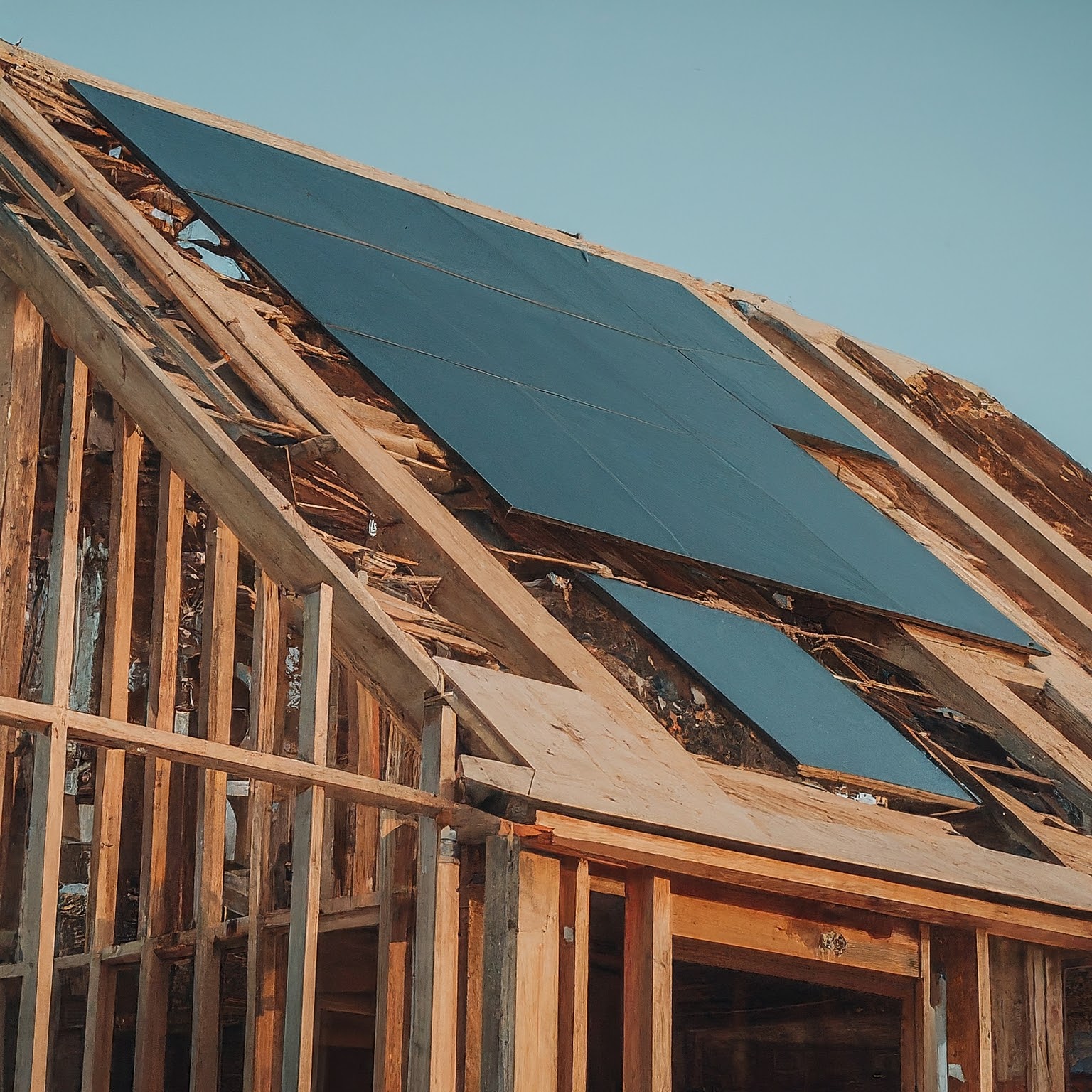
The Financial Advantage of Sustainable Features
Sustainable building practices often go hand-in-hand with disaster resilience. While the initial investment in sustainable features may seem higher, the long-term benefits outweigh the upfront costs. Here’s how:
- Reduced Repair Costs: Sustainable features like impact-resistant windows and strong foundations can significantly minimize damage during storms and floods, saving you thousands of dollars in repairs.
- Lower Insurance Premiums: Many insurance companies offer discounts for homes with features that mitigate disaster risks. This translates to significant savings on your annual premiums.
- Increased Resale Value: As extreme weather events become more common, disaster-resistant homes become increasingly desirable. Studies by the National Association of Home Builders (NAHB) show that homes with sustainable features tend to sell faster and for a higher price, especially in disaster-prone areas.
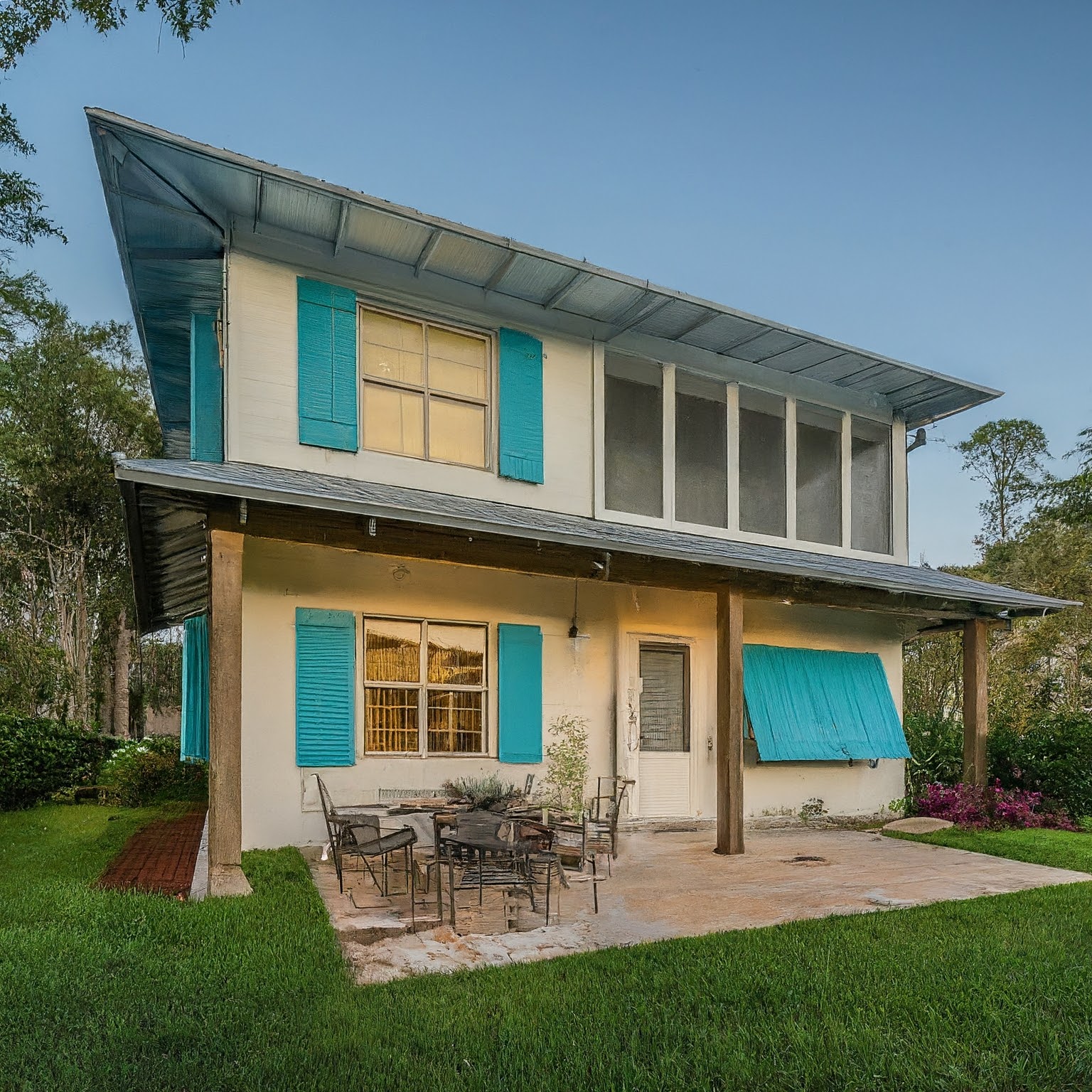
Key Sustainable Features for Disaster Resilience
The specific sustainable features you choose will depend on the types of natural disasters your area is most susceptible to. Here’s a breakdown of some key features and how they can fortify your home:
Fortification Against Specific Threats:
- Floods:
- Elevated foundations: Raising your home above the expected flood level minimizes water damage to walls and electrical systems.
- Flood-resistant flooring: Opt for materials like tile or sealed concrete that can withstand water exposure without warping or rotting.
- Hurricanes & High Winds:
- Metal roofs: These roofs are highly durable and can withstand strong winds and flying debris.
- Hurricane shutters: Protecting windows with impact-resistant shutters safeguards your home’s interior from windblown objects.
- Wildfires:
- Non-combustible siding: Materials like fiber cement or brick cladding offer superior fire resistance compared to traditional wood siding.
- Fire-resistant roofing materials: Metal roofs or tile roofs significantly reduce the risk of fire spreading from neighboring structures.
- Extreme Temperatures:
- Efficient insulation: Proper insulation regulates indoor temperatures, reducing reliance on heating and cooling systems during extreme weather events, especially when power outages occur.
Investing in Sustainability: A Comparative Analysis
The table below highlights the clear advantage sustainable homes offer when compared to traditional constructions:
| Feature | Traditional Home | Sustainable Home |
|---|---|---|
| Disaster Resilience | Lower | Higher |
| Maintenance Costs | Higher | Lower |
| Energy Efficiency | Lower | Higher |
| Resale Value | May decrease after a disaster | May retain or even increase value |
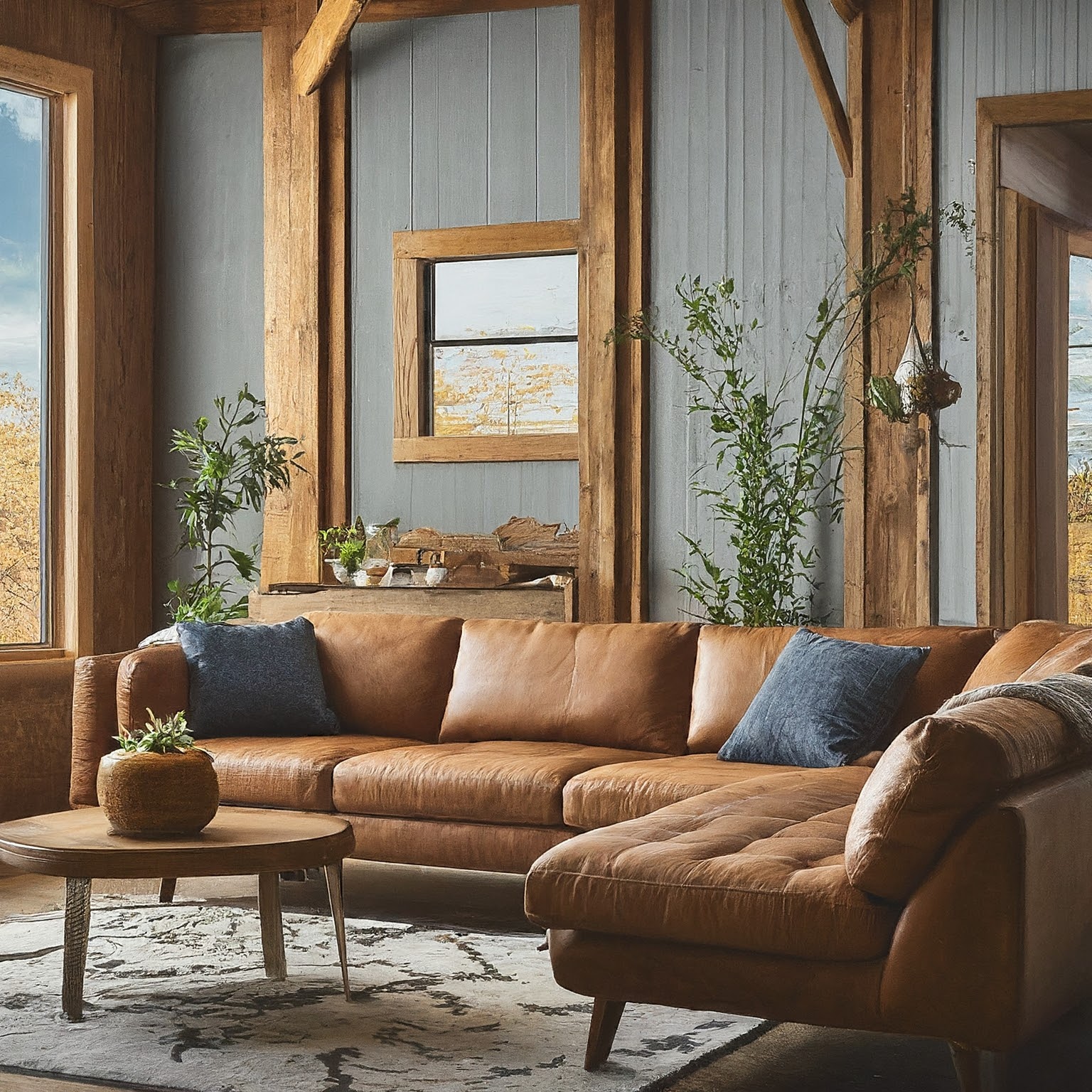
Beyond Disaster Protection: Additional Benefits of Sustainability
The advantages of sustainable homes extend far beyond disaster protection. Here are some additional perks:
- Reduced Energy Bills: Energy-efficient features like solar panels and high-performance windows help you save significantly on your energy bills throughout the year.
- Improved Indoor Air Quality: Sustainable materials and proper ventilation systems contribute to a healthier living environment for you and your family.
- Tax Breaks and Incentives: Many government programs offer tax breaks and financial incentives for incorporating sustainable features during construction or renovation.
Getting Started with Disaster-Ready Homes
Whether you’re building a new home or renovating your existing one, incorporating sustainable features can be easier than you think. Here are some tips:
- Consult with a Sustainable Building Consultant: A professional can assess your property and recommend the most effective features to address your specific needs and location.
- Research Local Building Codes and Incentives: Many local authorities offer incentives for sustainable construction practices. Familiarize yourself with available programs and rebates.
- Choose Sustainable Materials: Opt for durable, long-lasting materials that require minimal maintenance throughout their lifespan.
Conclusion: Building a Resilient Future
By investing in sustainable features, you’re not just protecting your home and wallet; you’re contributing to a more resilient future. Sustainable homes are not only better equipped to weather the storms (literally and figuratively), but they also promote a smaller environmental footprint and a healthier living environment. By making informed choices today, you can ensure your home remains a safe haven for your loved ones and a valuable asset for years to come.
Ready to take the first step towards a disaster-ready and sustainable home? Consider contacting a local sustainable building consultant or architect who can guide you through the process. Remember, a small investment in sustainability today can translate into significant savings and peace of mind tomorrow.

